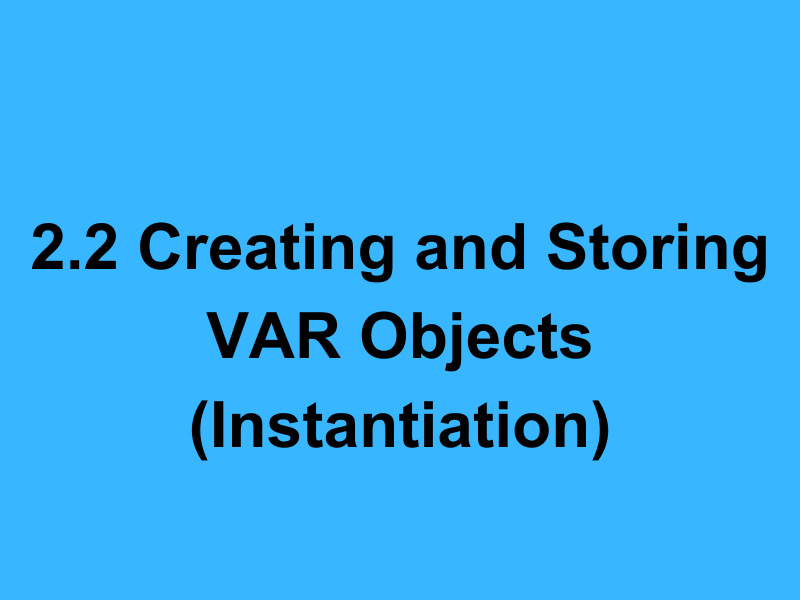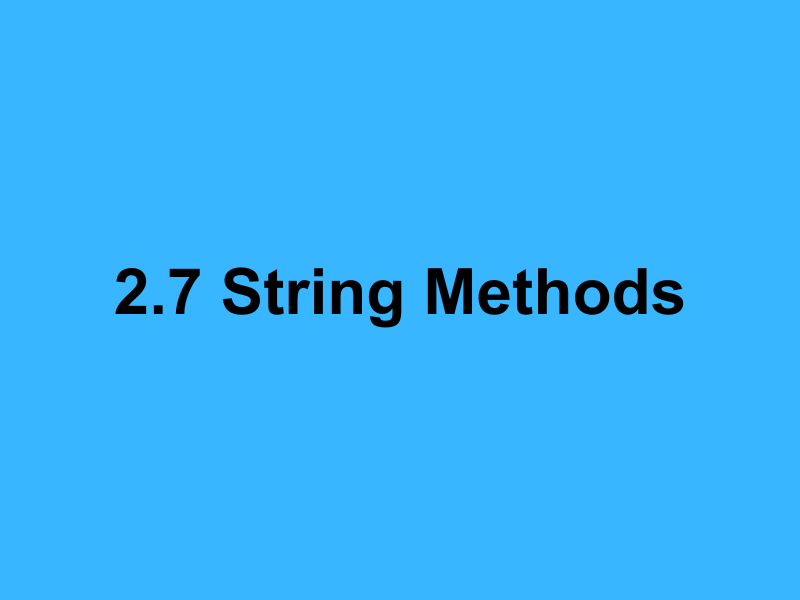In Java, wrapper classes provide a way to use primitive data types (int, double, etc.) as objects. This is particularly useful because, in Java, everything revolves around objects. The primitive data types are not part of the object hierarchy, and hence, cannot be used when an object is required, such as in collections like ArrayList. Wrapper classes solve this problem by “wrapping” the primitive data type in an object, allowing primitives to be used in situations where objects are required.
Integer Wrapper Class
The Integer class wraps a value of the primitive type int in an object. An object of type Integer contains a single field whose type is int.
Creating Integer Objects
Before Java 5, explicitly creating Integer objects was necessary:
Integer myInt = new Integer(100);
However, starting from Java 5, autoboxing allows automatic conversion between the int primitive type and the Integer object:
Integer myInt = 100; // Autoboxing from int to Integer
Commonly Used Integer Methods
parseInt(String s): Converts the string argument to an integer.
int num = Integer.parseInt("123");toString(): Returns a String object representing the value of the Integer.
String str = myInt.toString(); // Assuming myInt contains the integer 100
compareTo(Integer anotherInteger): Compares two Integer objects numerically.
Integer x = 5;
Integer y = 10;
int comparisonResult = x.compareTo(y); // Returns a negative value since x < y
Double Wrapper Class
The Double class wraps a value of the primitive type double in an object. An object of type Double contains a single field whose type is double.
Creating Double Objects
Similar to Integer, Double objects could be explicitly created before Java 5:
Double myDouble = new Double(11.5);
With autoboxing, the explicit object creation is not necessary:
Double myDouble = 11.5; // Autoboxing from double to Double
Commonly Used Double Methods
parseDouble(String s): Converts the string argument to a double.
double num = Double.parseDouble("11.5");
toString(): Returns a String object representing the Double’s value.
String str = myDouble.toString(); // Assuming myDouble contains the double 11.5
compareTo(Double anotherDouble): Compares two Double objects numerically.
Double x = 5.5;
Double y = 10.5;
int comparisonResult = x.compareTo(y); // Returns a negative value since x < y
Why Use Wrapper Classes?
Use in Java Collections: Java collections such as ArrayList can only store objects, not primitives. Wrapper classes allow primitives to be used as objects.
Utility Methods: Wrapper classes offer a variety of utility methods for converting, comparing, and manipulating numeric values.
Null Values: Wrapper classes allow for null values, providing a way to represent the absence of a value, which is not possible with primitives.
Autoboxing and unboxing seamlessly bridge the gap between primitives and their corresponding wrapper classes, greatly simplifying code and making Java more expressive.






